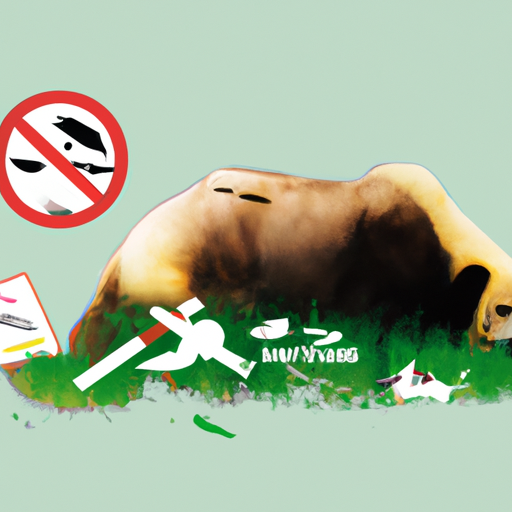 Introduction:
Introduction:
The alarming rate at which animal populations are declining worldwide has reached a critical stage. The earth is currently experiencing the sixth mass extinction, primarily driven by human activities, including habitat destruction, climate change, pollution, and illegal wildlife trade. This comprehensive article aims to shed light on the various regions where animals are endangered, highlighting the urgent need for conservation efforts and global cooperation.
1. Africa:
Africa, known for its rich biodiversity, is home to numerous endangered species. In the Sub-Saharan region, iconic animals like elephants, rhinoceroses, and lions face severe threats due to poaching, habitat loss, and conflicts with humans. The African Elephant, for example, is critically endangered in countries such as Tanzania, Mozambique, and the Democratic Republic of Congo.
2. Asia:
Asia, with its diverse ecosystems, is witnessing a significant decline in animal populations. In Southeast Asia, the Sumatran Orangutan is critically endangered due to rampant deforestation for palm oil plantations. The majestic Bengal Tiger, once widespread across the Indian subcontinent, is now endangered with small fragmented populations in India, Nepal, and Bangladesh. The critically endangered Javan Rhinoceros, found in Indonesia and Vietnam, is also on the brink of extinction.
3. North America:
North America faces numerous challenges in preserving its unique wildlife. The iconic species like the North American Gray Wolf and the Mexican Gray Wolf have faced extensive persecution and habitat loss, leading to their endangered status. The Florida Panther, a subspecies of cougar, is critically endangered due to habitat fragmentation and encounters with humans.
4. South America:
South America’s remarkable biodiversity is under threat from deforestation and illegal wildlife trade. The Amazon Rainforest, for instance, is home to countless species, including the critically endangered Amazon River Dolphin and the Brazilian Merganser. Additionally, the jaguar, a symbol of strength and beauty, is facing habitat loss and poaching across its range, particularly in Brazil.
5. Europe:
Despite being densely populated, Europe still hosts several endangered species. The Iberian Lynx, endemic to the Iberian Peninsula, is one of the rarest cat species globally and is critically endangered due to habitat loss and declines in prey populations. The European mink, once widely distributed across the continent, now faces extinction due to habitat destruction and competition with invasive species.
6. Oceania:
Oceania, encompassing Australia, New Zealand, and various Pacific Islands, faces substantial challenges in preserving its unique fauna. The Great Barrier Reef, a UNESCO World Heritage site, is under threat from climate change and ocean acidification, endangering countless marine species. The critically endangered Kakapo, a flightless parrot endemic to New Zealand, faces threats from predation and habitat loss.
Conclusion:
The extent of animal endangerment spans across the globe, affecting diverse ecosystems and iconic species. Urgent action is needed to combat habitat destruction, poaching, climate change, and other anthropogenic factors. Governments, organizations, and individuals must come together to implement conservation strategies, protect habitats, and combat illegal wildlife trade. Only through collective efforts can we hope to reverse the alarming trend of animal endangerment and ensure a future where our planet’s biodiversity thrives.
